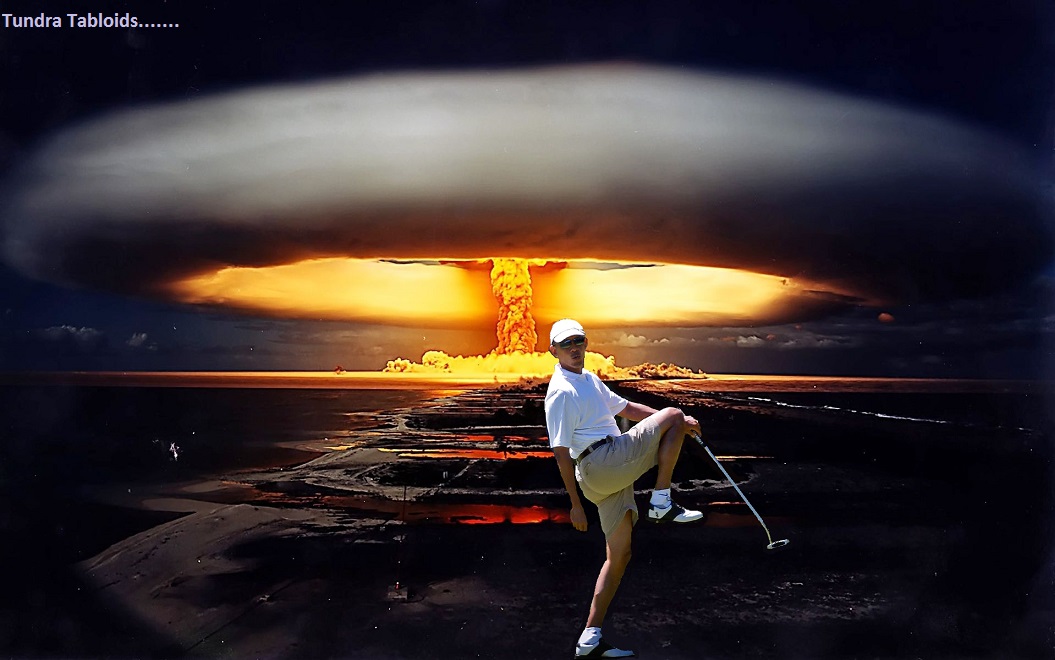A must read…
A deal so disingenuously crafted in order to circumvent the senatorial treaty process, can’t be good for the American people, and just on that alone (as well as for all of the other reasons noted in Ceren’s article), the deal needs to be nixed once and for all.

President Trump and his administration are approaching a make-or-break May deadline for deciding whether to stay in the 2015 Iran nuclear deal. Lawmakers, analysts, and journalists have been struggling to reestablish something approaching a healthy debate in the aftermath of the factitious salesmanship of the Obama “echo chamber.” That was the mutually reinforcing and mutually credentialing network of ideologues, wannabe wonks, and callow journalists run by Obama’s deputy national-security adviser Ben Rhodes, who infamously bragged about how he had created it to drown out veteran journalists and experts.
If the Joint Comprehensive Plan of Action, or JCPOA, is a coherent cluster of policies in the service of a modest arms-control strategy, there might be a basis for building on it as policy. But if it is a mess of contradictions that can’t be integrated into any coherent policy advancing American interests, then there are a dozen different scenarios in which the deal’s collapse becomes inevitable long before it begins sunsetting in the mid-2020s, and Donald Trump should just withdraw from the deal and shake everyone out of their slumbers.
After a six-month comprehensive review process that concluded in October 2017, Trump declared that the JCPOA had been giving Iran too much in exchange for too little. Iran had been granted legalized nuclear and ballistic-missile programs, hundreds of billions of dollars, and the diplomatic and military space to expand across the Middle East right up to Israel and Saudi Arabia’s borders. For its part, Tehran gave up certain nuclear work for about a decade and agreed to let the UN’s nuclear watchdog monitor most of what remained.
The president was required by a 2015 law to assess whether ongoing relief from sanctions was “appropriate and proportionate” to Iranian behavior. Trump assessed that the answer was no. Even so, the deal was left in place. But the administration made clear that it considered the JCPOA fatally flawed for at least three reasons: a weak inspections regime in which the UN’s nuclear watchdog can’t access Iranian military facilities, an unacceptable arrangement where the U.S. had to give up its most powerful sanctions against ballistic missiles even as Iran was allowed to develop ballistic missiles, and the fact that the deal’s eventual expiration dates mean Iran will legally be allowed to get within a hair’s breadth of a nuclear weapon.
So, for the U.S. to stay in the deal, Trump said, Congress and the U.S.’s E3 allies—Britain, France, and Germany—would have to repair each of these flaws. On ballistic missiles, for example, the U.S. and the E3 would have to announce that as far as they’re concerned, Iran’s testing a prohibited ballistic missile would be the same as Iran’s testing a prohibited centrifuge, and sanctions would be reimposed. In January 2018, the president put an exclamation mark on the policy, announcing that he was starting a 120-day clock for the E3 to agree to the fixes. Without them, Trump said, he will have the U.S. exit the deal no later than the middle of May, when a technical sanctions deadline comes up.
The demand for coherence and clarity stands in stark contrast to the way Obama and his team handled the JCPOA after its announcement. After the deal was implemented in January 2016, the Iranians quickly started grousing that the U.S. wasn’t doing enough to restore their economy, and there were strong suggestions that State Department officials had promised them active help. What followed were months of interagency turf and policy battles between the Departments of State and Treasury. Secretary of State John Kerry would make up something about the need to invest in Iran or how financial crime risks had been mitigated, but Treasury officials would angrily pull U.S. policy back. In one episode in November, Kerry defined down a technical requirement related to investment risk, and State had to publicly reverse his position after an interagency bloodbath that went public.

